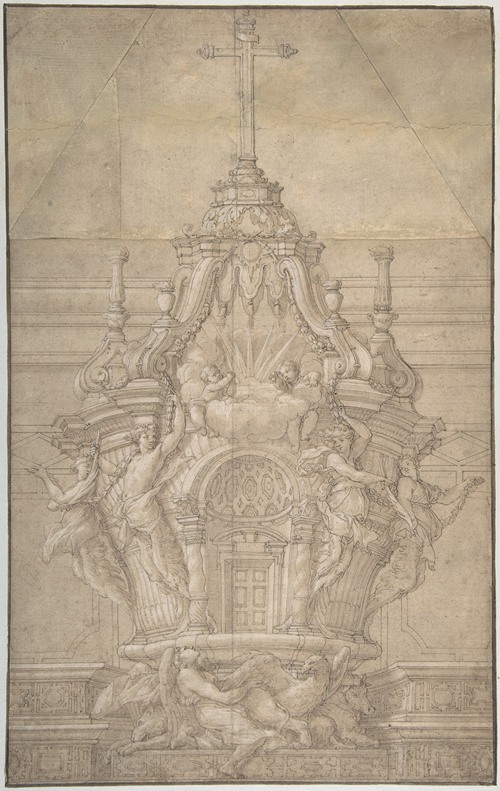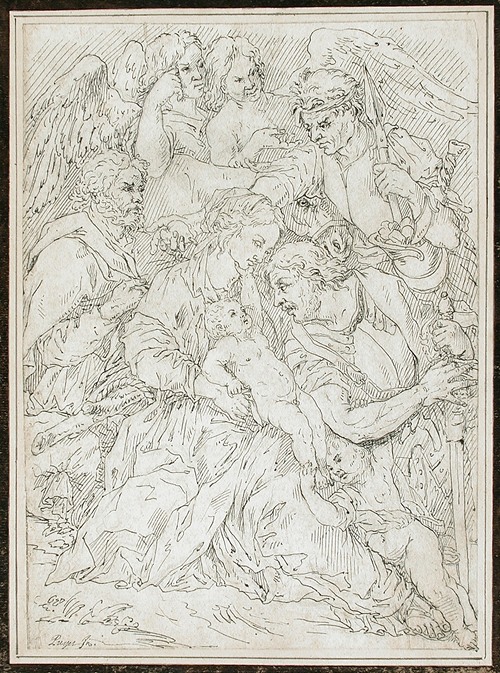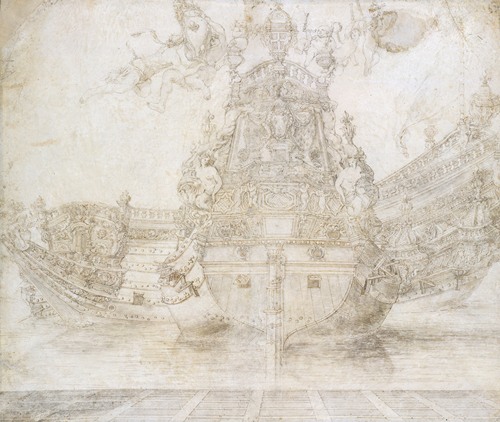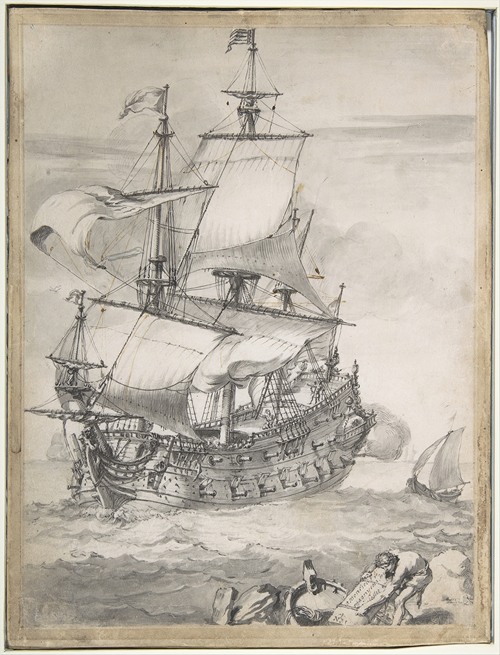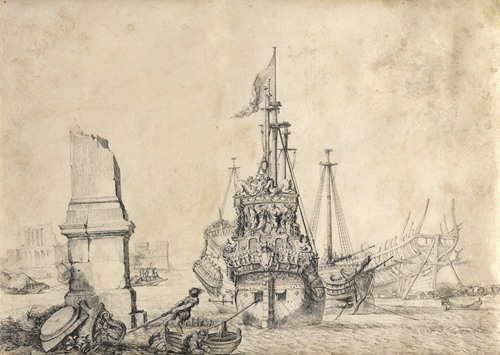
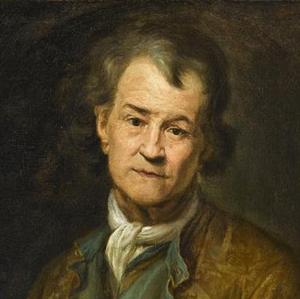
French sculptor, painter, draughtsman and architect. Puget was one of the outstanding artists of his century, but his style, formed by the Italian Baroque, did not however always find favour in the classicizing atmosphere of the French court, where Jean-Baptiste Colbert would describe him in 1670 as ‘a man who goes a little too fast, and whose imagination is a little too heated’. Although the son of a master mason, Simon Puget (d 1623), Puget was largely self-taught, as were his brother Gaspard Puget (1615–after 1683), an architect, and his son François Puget (1651–1707), a painter.
Apprenticed in 1634 to a wood-carver, Jean Roman, in Marseille, he left in 1638 for Italy, spending some years in Florence and Rome close to Pietro da Cortona, presumably as a stuccoist and painter, although his part in the decoration of the Palazzo Pitti, Florence, Cortona’s main project of these years, is not clear. From 1643 he practised sculpture and painting at the Toulon Arsenal, France’s largest naval shipyard, where he was appointed to the wood-carving workshop: around 1645, for instance, he designed and supervised the decoration of the ship Le Magnifique (in 1646 renamed La Reine; destr.). According to some sources, in 1646 he made a second journey to Italy, in the company of a Brother Joseph of the Feuillants Orders who was supposed to copy antiquities in Rome. By the following year he was back in Toulon, where he married Paule Boulet.
